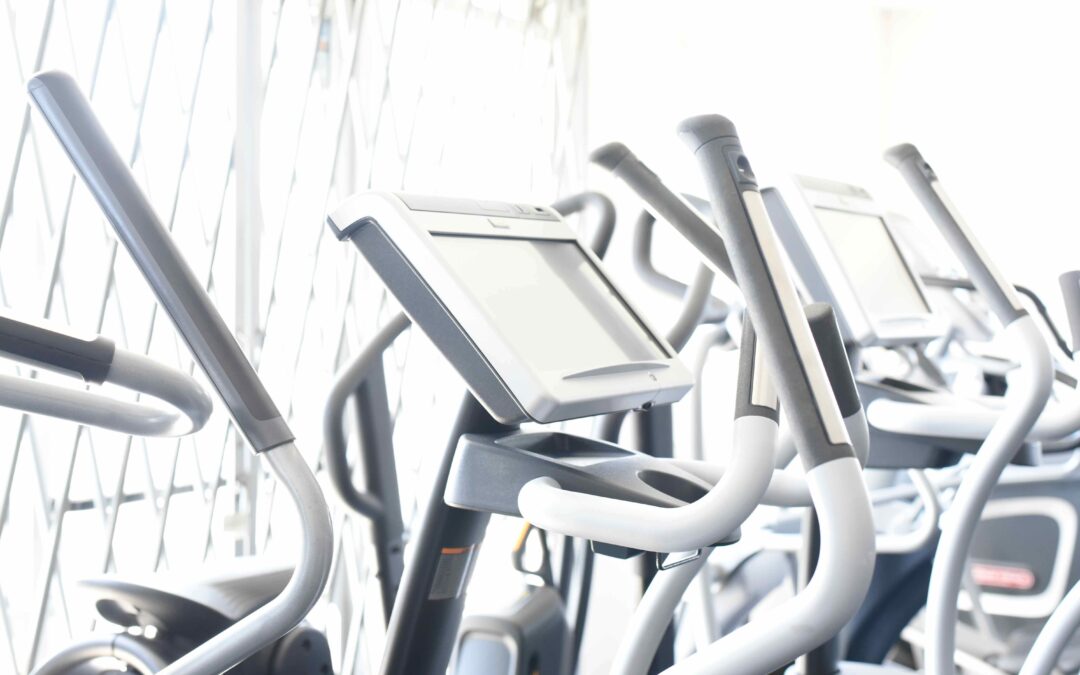Investing in used fitness equipment is a savvy way to build a home gym without stretching your budget. However, the challenge lies in ensuring that the second-hand gear you choose is not only cost-effective but also safe, reliable, and suited to your fitness goals.
This blog offers a fresh take on selecting used fitness equipment, providing unique insights and practical advice to guide you in making the right choices for your health and fitness journey.
1. Assessing Your Fitness Needs and Space Before diving into the market for used fitness equipment, take a moment to evaluate your fitness goals and the space available in your home. Whether you’re aiming for cardio improvement, strength training, or flexibility, your equipment needs will vary. Additionally, consider the space you have to ensure the equipment fits comfortably and safely.
2. Research: The Key to Smart Purchasing Conduct thorough research on the types of equipment that best suit your needs. Read reviews, compare new models, and understand the features and specifications that are most important for your workout routine.
3. Where to Buy: Choosing Reliable Sources Purchasing from reputable sources is crucial. Consider fitness equipment stores that specialize in selling used gear, online marketplaces with verified sellers, or local gym equipment auctions. Avoid purchasing from sources where the condition of the equipment cannot be verified.
4. Inspecting Equipment Condition When you find a piece of equipment you’re interested in, inspect it carefully for signs of wear and tear. Check for rust, damage to cables or belts, the condition of the upholstery, and the functionality of electronic components. Don’t hesitate to ask for a trial run to ensure everything works smoothly.
5. Prioritizing Safety and Quality Safety should be your top priority. Be wary of equipment that has been recalled or has a reputation for being unsafe. Ensure that the equipment has all its original safety features and that any repairs have been carried out professionally.
6. Considering Technology and Upgrades If you’re looking at equipment like treadmills or stationary bikes, consider the technology aspect. Some older models might not have the latest features like heart rate monitors or Bluetooth connectivity. Decide which features are must-haves and which you can do without.
7. The Brand Matters Opt for well-known and respected brands in the fitness industry. Established brands are more likely to have better build quality, longer-lasting equipment, and available replacement parts.
8. Understanding the Warranty and Return Policy Inquire about the warranty and return policy, even for used equipment. Some sellers offer limited warranties or return periods, which can be valuable if you encounter issues after purchase.
9. Negotiating the Price Don’t be afraid to negotiate the price. Sellers of used equipment are often open to negotiation, especially if you can point out any flaws or wear and tear.
10. Transportation and Installation Considerations Consider the logistics of getting the equipment to your home and setting it up. Some sellers might offer delivery and installation services, which can be a worthwhile investment for larger, complex equipment.
Conclusion: Selecting the right used fitness equipment requires a blend of careful research, thorough inspection, and clear understanding of your fitness needs. By focusing on quality, safety, and suitability, you can build an effective home gym that supports your health and fitness goals without breaking the bank. Remember, the best fitness equipment is that which you will use regularly and safely, so choose wisely and enjoy the journey towards a healthier, fitter you.

